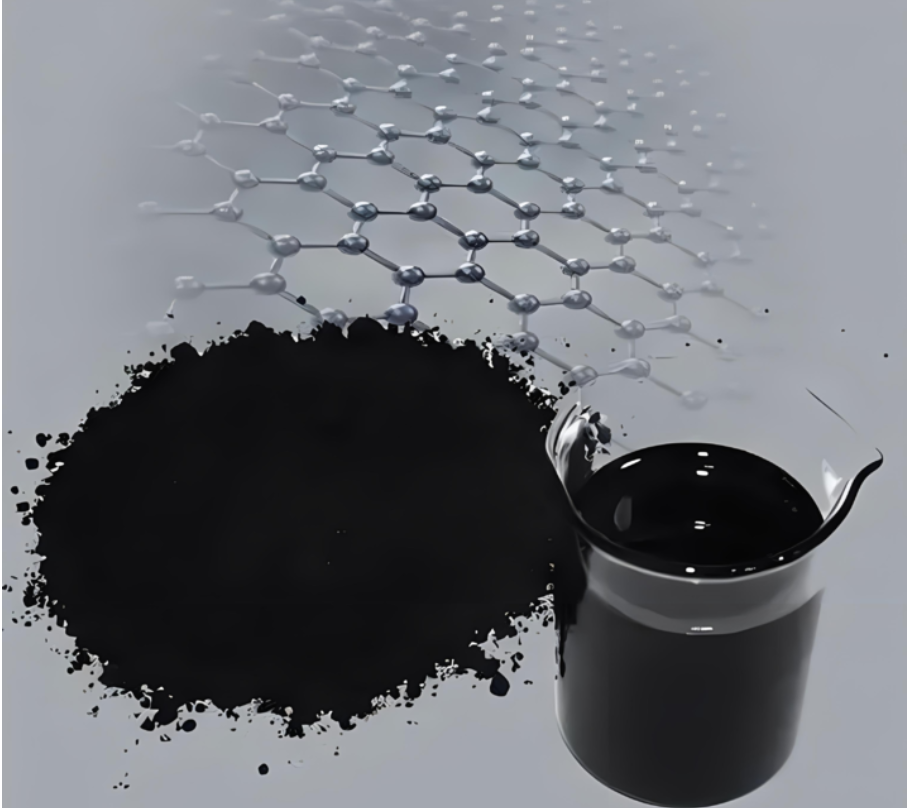Challenges and Solutions in Carbon Nanotube Dispersion: Stability Optimization in Solutions, Resins, and Coatings
Introduction
The dispersion of carbon nanotubes (CNTs) is a critical step in realizing their full potential across various applications. Despite their remarkable properties, CNTs inherently tend to agglomerate due to strong van der Waals forces, posing significant challenges for uniform dispersion in solutions, resins, and coatings. This article explores the key challenges associated with CNT dispersion and presents advanced solutions for achieving optimal stability.

Key Challenges in CNT Dispersion
1. Agglomeration and Aggregation
- Cause: Strong inter-tube interactions due to high aspect ratios and van der Waals forces.
- Impact: Reduced performance in mechanical, electrical, and thermal properties.
2. Solvent Compatibility
- Cause: Limited solubility of CNTs in common solvents.
- Impact: Non-uniform dispersion and sedimentation in liquid mediums.
3. Resin and Coating Matrix Integration
- Cause: Incompatibility between hydrophobic CNTs and hydrophilic matrices.
- Impact: Poor interfacial bonding, leading to compromised material properties.
4. Stability Over Time
- Cause: Re-agglomeration of dispersed CNTs due to insufficient stabilization.
- Impact: Loss of uniformity in long-term applications.
Solutions for CNT Dispersion
1. Physical Dispersion Techniques
Ultrasonication
- Description: High-frequency sound waves break apart CNT agglomerates.
- Advantages: Effective for small-scale dispersion; minimal chemical alteration.
- Limitations: Over-sonication can damage CNT structures.
High-Shear Mixing
- Description: Mechanical forces distribute CNTs uniformly in the medium.
- Advantages: Suitable for larger-scale applications.
- Limitations: Limited effectiveness for highly viscous systems.
2. Chemical Functionalization
Covalent Functionalization
- Description: Introduces functional groups (e.g., carboxyl, hydroxyl) onto CNT surfaces.
- Advantages: Enhances compatibility with polar solvents and resins.
- Limitations: Potential to alter CNT intrinsic properties.
Non-Covalent Functionalization
- Description: Uses surfactants, polymers, or π-π interactions to stabilize CNTs.
- Advantages: Preserves CNT properties; reversible process.
- Case Study: Sodium dodecyl sulfate (SDS) improved CNT dispersion in water by 80% compared to untreated samples.
3. Use of Dispersing Agents
- Surfactants: Amphiphilic molecules that reduce surface tension.
- Example: Triton X-100 for aqueous dispersions.
- Polymers: Act as steric stabilizers.
- Example: Polyvinylpyrrolidone (PVP) for resin compatibility.
4. Advanced Processing Techniques
Microfluidization
- Description: High-pressure fluid forces break CNT agglomerates.
- Advantages: Produces uniformly dispersed CNTs; scalable.
Electrostatic Stabilization
- Description: Uses electrostatic charges to repel CNTs from one another.
- Advantages: Long-term stability in polar solvents.
5. Matrix-Specific Strategies
Solutions
- Select solvents with high Hansen solubility parameter compatibility.
- Example: N-Methyl-2-pyrrolidone (NMP) for stable CNT suspensions.
Resins
- Pre-treat CNTs with functionalized resins for improved bonding.
- Example: Epoxy systems with carboxyl-functionalized CNTs showed a 20% increase in tensile strength.
Coatings
- Incorporate CNTs into waterborne or solvent-based coatings using dispersants.
- Example: CNT-reinforced anti-corrosion coatings demonstrated enhanced durability in salt-spray tests.
Case Studies and Real-World Applications
1. Automotive Industry
- Application: CNT-dispersed resins in lightweight composites.
- Result: Improved mechanical strength and thermal stability by 25%.
2. Electronics
- Application: CNT-based conductive inks for printed circuits.
- Result: Uniform dispersion achieved through surfactant stabilization, enabling reliable conductivity.
3. Coatings and Paints
- Application: Anti-static and anti-corrosion coatings.
- Result: CNT dispersion enhanced with polymeric dispersants, resulting in prolonged performance.
Future Directions in CNT Dispersion Technology
- Green Dispersion Methods
- Focus on eco-friendly solvents and surfactants to minimize environmental impact.
- Hybrid Nanomaterials
- Combine CNTs with graphene or other nanostructures for synergistic effects.
- Automation and AI Integration
- Real-time monitoring and optimization of dispersion parameters using AI-driven systems.
Conclusion
Effective dispersion of carbon nanotubes is essential to unlocking their potential across various industries. By combining advanced physical, chemical, and processing techniques, researchers and manufacturers can achieve stable CNT dispersions tailored to specific applications. Continued innovation in this area promises to expand the use of CNTs in high-performance materials and next-generation technologies.

